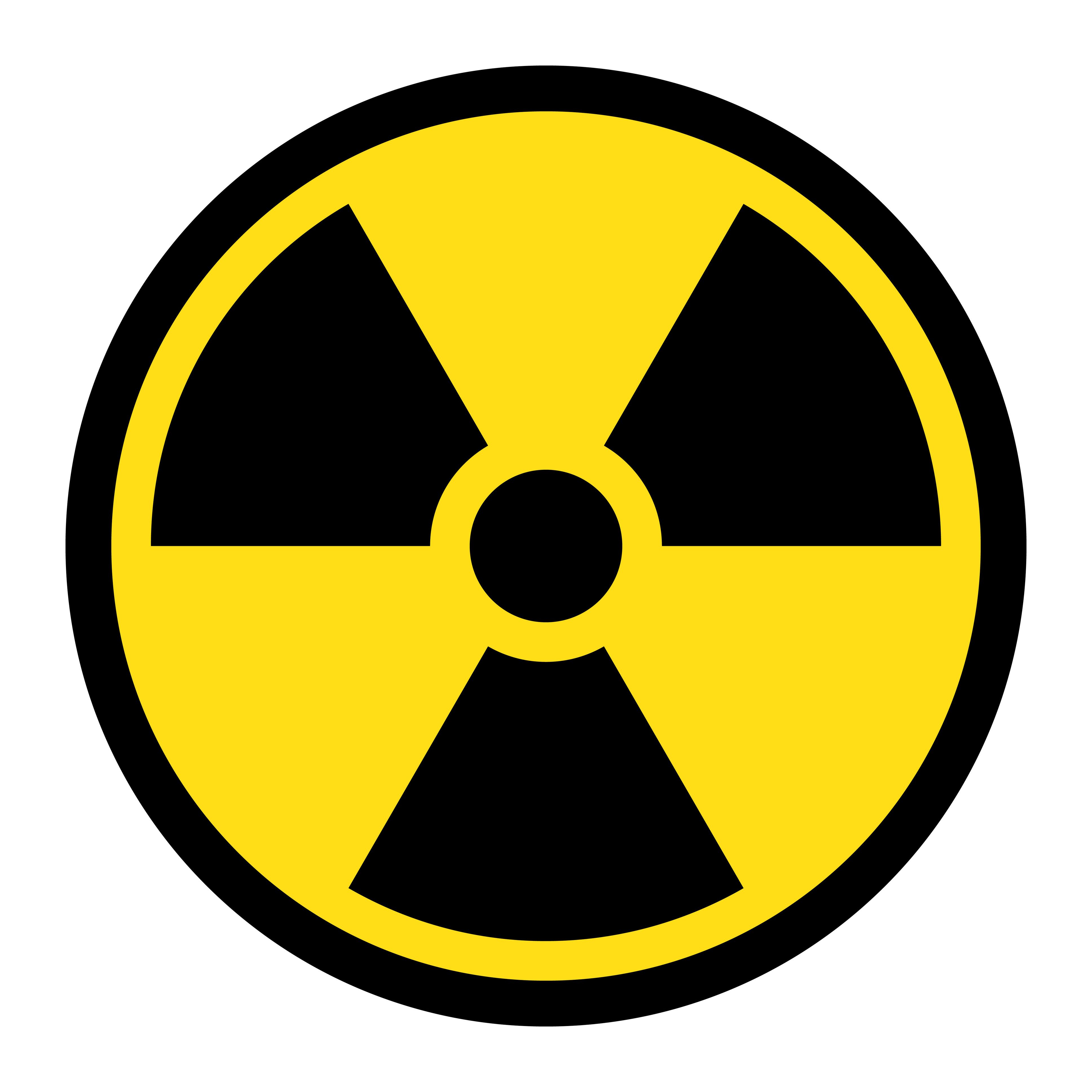Revolutionizing Atmospheric Monitoring: Hourly Tracking of Krypton-85 with Online Analysis
A temperature-controlled cryogenic distillation and gas chromatography, atom trap measurement system is used for precise analysis of atmospheric 85Kr abundance. This advanced technology enables online monitoring with high sensitivity and reduced sample size requirements.
Scientists from the University of Science and Technology of China have made significant strides in the monitoring of atmospheric krypton-85 (85Kr), a crucial indicator for nuclear safety and environmental surveillance. In a breakthrough study published in the Journal of Analytical Atomic Spectrometry, researchers present a cutting-edge online monitoring system capable of tracking atmospheric 85Kr activities with an unprecedented time resolution of 1.5 hours (1).
Radiation hazard sign. Symbol of radioactive threat alert | Image Credit: © nikolae - stock.adobe.com

The innovative system integrates an automated krypton purification setup with an atom trap-based measurement system, operating in tandem to achieve real-time monitoring. The Kr purification system employs temperature-controlled cryogenic distillation (CD) and gas chromatography (GC), enabling direct sampling of ambient air and continuous operation. The purified krypton is then directed into an atom trap that measures the abundance of 85Kr using microliter sized samples.
A temperature-controlled CD and GC, atom trap measurement system is an advanced analytical setup used to measure the abundance of 85Kr. It consists of multiple components working in synergy to achieve accurate and precise measurements. Firstly, the temperature-controlled CD unit allows for the separation of krypton from other atmospheric gases by exploiting the differences in their boiling points. The system controls the temperature to create optimal conditions for the distillation process. Next, the GC component further purifies the separated krypton, removing any remaining impurities and ensuring the sample's high quality. This step enhances the accuracy of subsequent measurements. Lastly, the atom trap measurement system utilizes an atom trap to precisely quantify the abundance of 85Kr. The atom trap captures and holds krypton atoms in a confined space, allowing for their precise analysis. This technology offers improved sensitivity, selectivity, and time resolution, making it an invaluable tool for monitoring nuclear safety, environmental impacts, and atmospheric circulation patterns.
Compared to conventional methods relying on proportional counting, this advanced technology offers a remarkable improvement in both measurement time and sample size. With a processing time of just 1.5 hours and a sample consumption of 3 liters of standard temperature and pressure (STP) air, the system reduces measurement time and sample size by orders of magnitude. Previously, the conventional method required 10 cubic meters of air and a week-long analysis.
The high-resolution analysis achieved in this study opens up a range of applications, including online monitoring of nuclear fuel reprocessing plants and the tracking of atmospheric circulation patterns. The ability to analyze atmospheric 85Kr activities with hourly resolution provides valuable insights into the dispersion and transport of this radioactive byproduct, contributing to nuclear safety and environmental monitoring efforts.
This research not only advances the field of atmospheric monitoring but also demonstrates the power of online analysis in providing real-time data on radioactive isotopes. By enhancing the time resolution and reducing sample size, scientists can now obtain more frequent and accurate measurements, leading to improved understanding and management of nuclear safety and environmental impacts. The development of this online monitoring system represents a significant step forward in our ability to track and assess atmospheric radioactive contaminants in a timely and efficient manner.
Reference
(1) Chu, Y-Q.; Hang, W-H.; Dong, X-Z.; Gao, C.; Gu, J-Q.; Hu, S-M.; Jianf, W.; Liu, S-Y; Lu, Z-T.; Ritterbusch, F.; Yang, G-M; Zhao, L. Online monitoring of atmospheric krypton-85 with hourly time resolution. J. Anal. At. Spectrom. 2023. DOI: https://doi.org/10.1039/D2JA00318J
Using Chromatography to Study Microplastics in Food: An Interview with Jose Bernal
December 16th 2024LCGC International sat down with Jose Bernal to discuss his latest research in using pyrolysis gas chromatography–mass spectrometry (Py-GC–MS) and other chromatographic techniques in studying microplastics in food analysis.
Next Generation Peak Fitting for Separations
December 11th 2024Separation scientists frequently encounter critical pairs that are difficult to separate in a complex mixture. To save time and expensive solvents, an effective alternative to conventional screening protocols or mathematical peak width reduction is called iterative curve fitting.